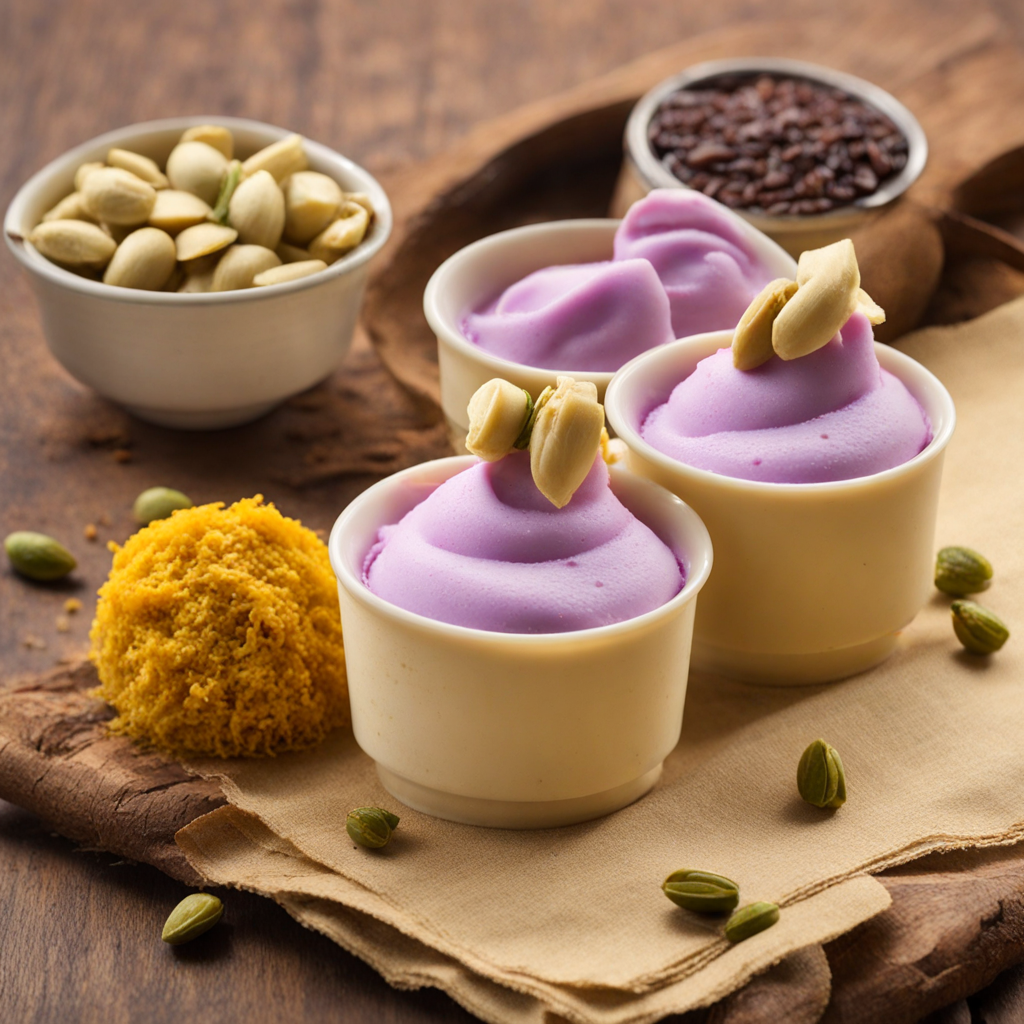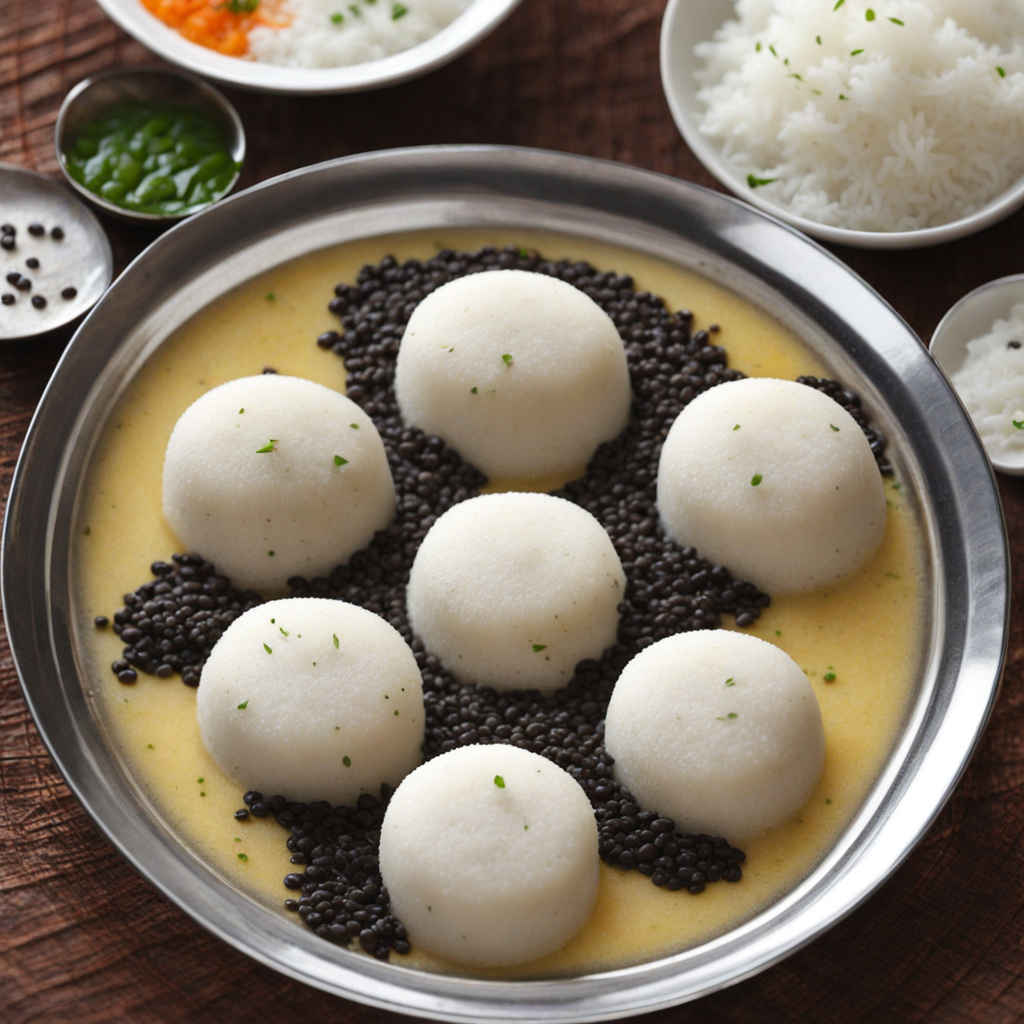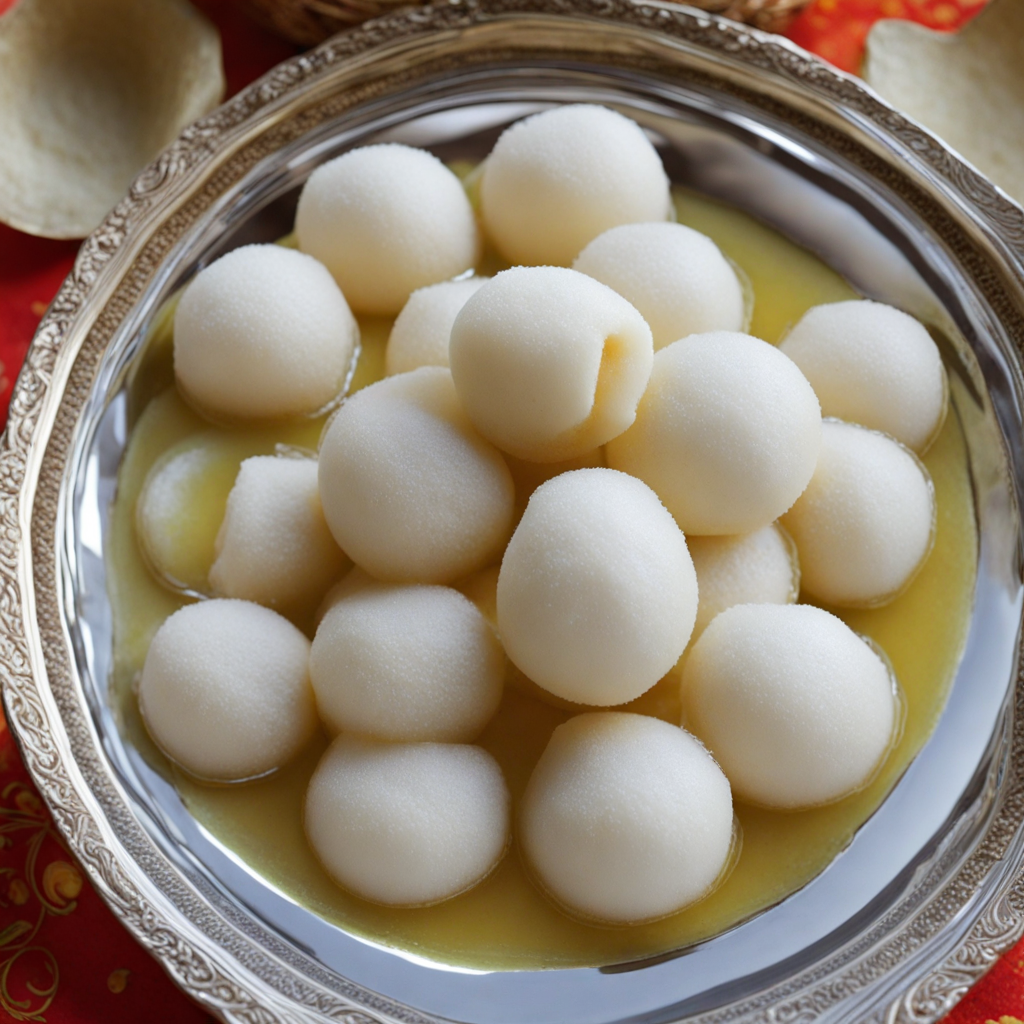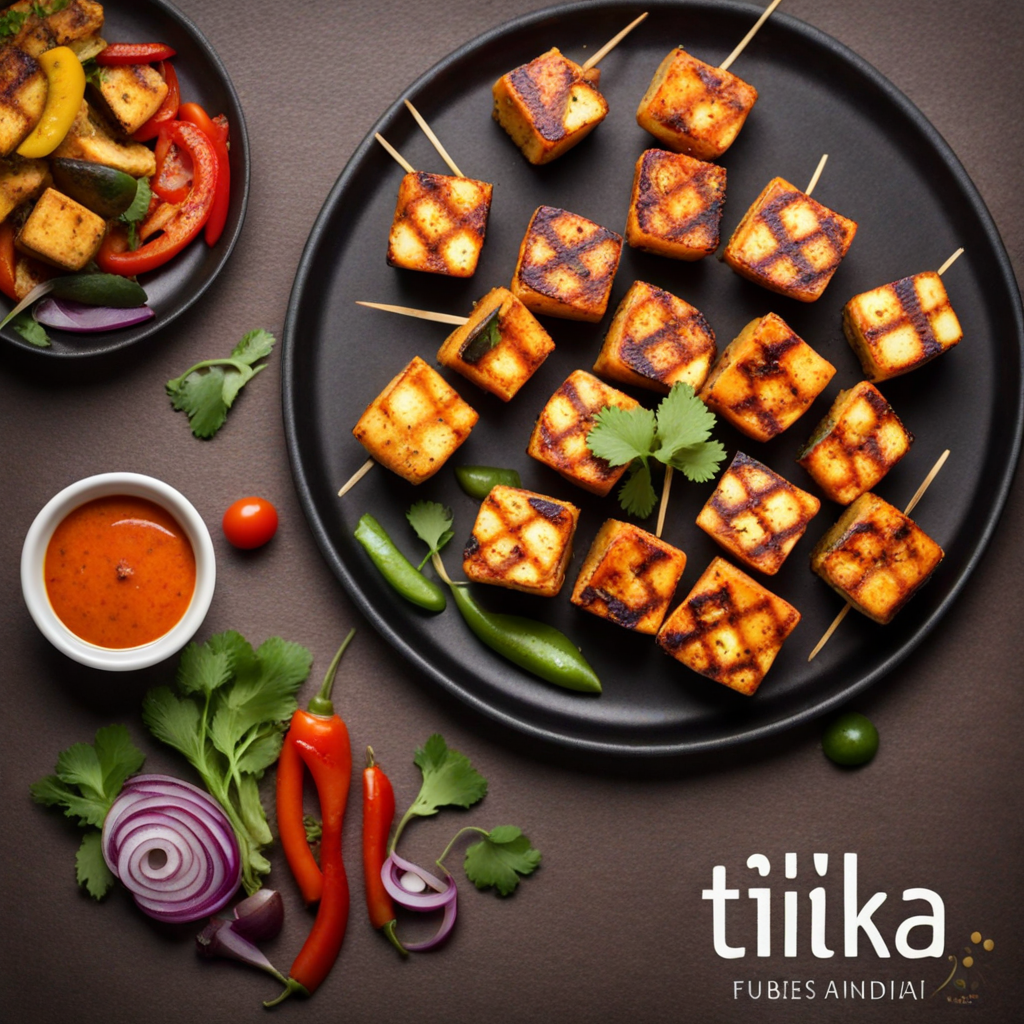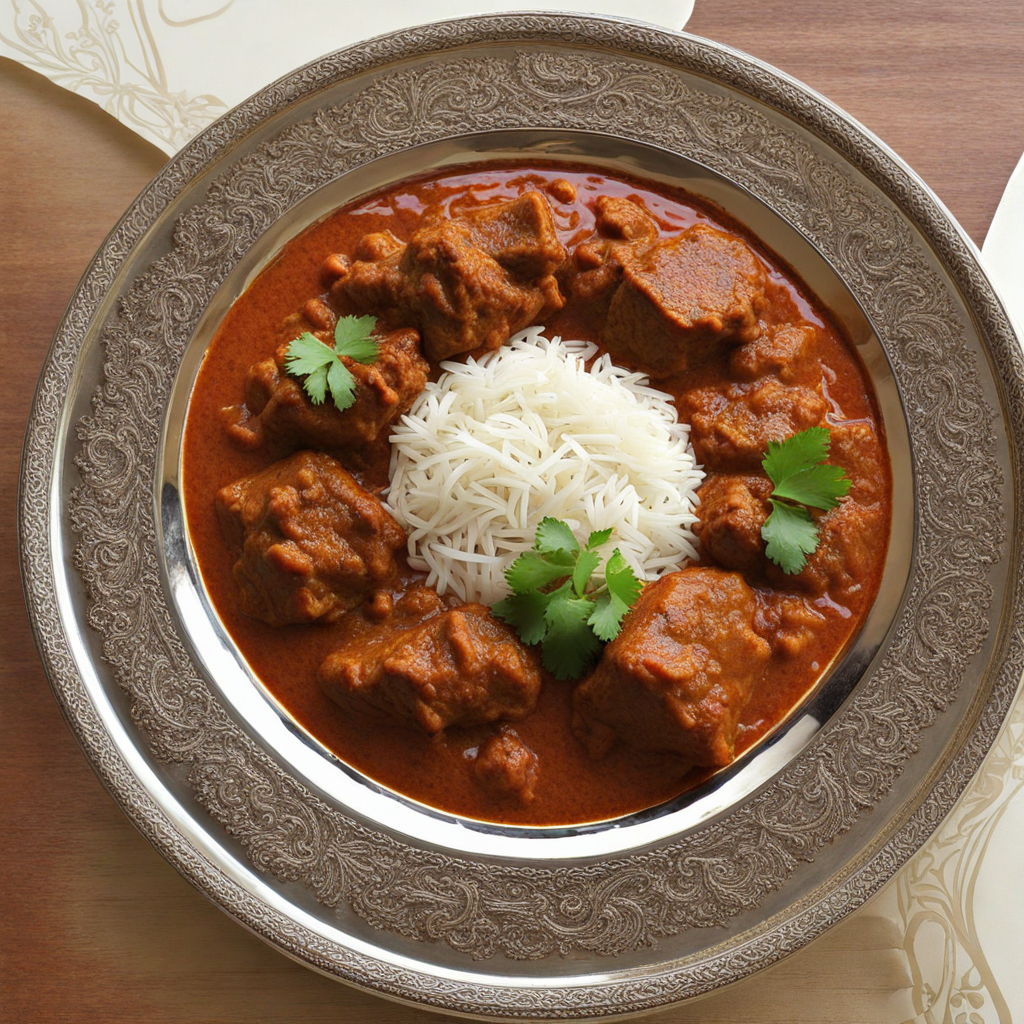Kulfi
Kulfi is a traditional Indian frozen dessert that is often described as the country’s answer to ice cream, but with a unique twist that sets it apart. Unlike conventional ice cream, which is churned to incorporate air, kulfi is made by slow-cooking sweetened milk until it thickens and develops a rich, creamy texture. This process, known as 'condensing,' intensifies the flavors, resulting in a denser, creamier treat that melts in your mouth. The base is typically flavored with cardamom, saffron, or rose, giving it an aromatic profile that is both exotic and comforting. The flavor variations of kulfi are vast and exciting, making it a versatile dessert that caters to diverse palates. Classic flavors include pistachio, mango, and malai (cream), but adventurous food lovers can also find unique options like khoya (milk solids), chocolate, and even spicy versions that incorporate ingredients like chili or ginger. Each kulfi is often garnished with nuts or dried fruits, adding a delightful crunch to the smooth texture. The bright colors and beautiful presentation make it a feast for the eyes as well as the taste buds. Served on a stick or in small clay cups, kulfi is a popular street food enjoyed during hot summer days and festive occasions alike. Its refreshing nature makes it a perfect antidote to the heat, while its rich flavors offer a satisfying indulgence. Whether enjoyed as a quick treat from a vendor or as a homemade dessert at family gatherings, kulfi captures the essence of Indian culture and culinary heritage, inviting everyone to experience a delightful new taste.
How It Became This Dish
The history of कुल्फी (kulfi) originates from the rich tapestry of Indian culinary traditions, dating back to the Mughal era in the Indian subcontinent. It is believed that kulfi was created in the 16th century, during the reign of the Mughal Empire. The Mughals, known for their love of fine food and elaborate feasts, introduced many culinary innovations. Among them was the idea of freezing desserts, which was made possible by the introduction of ice from the Himalayas, transported to the courts of the Mughal emperors. This adaptation of Persian ice cream techniques to local ingredients led to the birth of kulfi. Kulfi is characterized by its dense and creamy texture, distinct from Western ice creams due to its unique preparation method. Traditionally, it is made by slow-cooking milk until it thickens, then sweetening it with sugar, and flavoring it with various ingredients such as cardamom, saffron, or pistachios. This slow-cooking process concentrates the flavors and gives kulfi its characteristic richness. Unlike ice cream, kulfi is not churned, allowing it to have a denser consistency that melts slowly in the mouth, providing a delightful experience. Over the centuries, kulfi has transcended its royal origins to become a beloved treat throughout India and beyond. Its popularity surged in the 19th century as it became a common street food, especially in urban areas. Street vendors, known as kulfiwallahs, emerged, selling this frozen delight from hand-pushed carts. They would often serve kulfi in traditional earthen pots called matkas, which not only kept the kulfi cold but also enhanced its flavor. The sight of a kulfiwallah ringing his bell to attract customers became a nostalgic symbol of childhood for many Indians. Kulfi holds significant cultural importance in India, often associated with festive celebrations and communal gatherings. It is a staple at weddings, religious festivals, and family occasions. The treat is not just about flavor; it embodies the warmth of togetherness and shared joy. In rural areas, making kulfi can be a family affair, where the process of preparing and sharing the dessert strengthens bonds among relatives and friends. As India modernized and globalization took hold, kulfi evolved to incorporate new flavors and styles. Traditional flavors like pistachio, mango, and rose remain popular, but the advent of innovative culinary techniques has led to exciting new combinations. Contemporary chefs experiment with ingredients such as chocolate, coffee, and even cheesecake flavors, appealing to a broader audience. This fusion of traditional and modern flavors reflects the dynamic nature of Indian cuisine, which continually adapts while honoring its roots. In addition to flavor innovation, the presentation of kulfi has also transformed. Gourmet restaurants may serve kulfi in sophisticated forms, such as in parfaits or with artistic garnishes, elevating it from a street food staple to a fine dining experience. This evolution has helped kulfi maintain its relevance in a rapidly changing culinary landscape, ensuring that it continues to delight new generations. Kulfi's influence is not restricted to India; it has gained popularity in various countries with significant Indian diasporas. In places like the United States, the United Kingdom, and Canada, kulfi has found its way into the mainstream culinary scene. Indian restaurants often feature it on their dessert menus, while specialty shops focus exclusively on frozen desserts inspired by traditional recipes. This global embrace of kulfi speaks to its universal appeal, transcending cultural boundaries. The advent of technology has also impacted the way kulfi is produced and consumed. With the introduction of ice cream machines and modern refrigeration, making kulfi at home has become more accessible. However, many traditionalists argue that the artisanal method of slow-cooking milk and hand-churning remains unmatched. The debate over traditional versus modern methods reflects a larger conversation about preserving culinary heritage in the face of globalization. In India, the seasonal aspect of kulfi consumption is noteworthy. While kulfi is enjoyed year-round, it is particularly popular during the hot summer months when the need for cooling treats becomes paramount. Families often prepare it at home, experimenting with seasonal fruits like mango or lychee. This seasonal consumption aspect ties kulfi to the agricultural calendar, reflecting the connection between food and the natural environment. The cultural significance of kulfi extends beyond mere enjoyment; it serves as a representation of regional identities and local flavors. Different states in India have their own variations of kulfi, reflecting local ingredients and traditions. For instance, Malai kulfi from North India is rich and creamy, while Kesar kulfi from Gujarat is infused with saffron, showcasing the diversity of Indian culinary practices. Each variation tells a story of its region, contributing to the larger narrative of Indian food culture. Moreover, kulfi is often featured in literature and cinema, symbolizing nostalgia and tradition. Its presence in Bollywood films, where characters enjoy kulfi during pivotal moments, highlights its role as a cultural icon. This portrayal reinforces the emotional connection people have with this sweet treat, making it more than just a dessert—it’s a vessel of memory and sentiment. In recent years, health-conscious trends have also influenced the kulfi market. With growing awareness around health and nutrition, there has been a rise in demand for healthier versions of kulfi. Many vendors are now offering sugar-free or low-fat options, catering to a new audience that desires indulgent flavors without compromising on health. This shift reflects a broader trend within the culinary world, where traditional foods are being reimagined to fit modern health standards. The history of kulfi is not just a tale of a frozen dessert; it encapsulates the essence of Indian culture, history, and adaptability. From its royal origins to its status as a beloved street food, kulfi has navigated the complexities of time and tradition, evolving while remaining true to its roots. It is a testament to the enduring love for sweets in Indian cuisine and the ability of food to bring people together, creating a shared experience of joy and nostalgia that transcends generations.
You may like
Discover local flavors from India


